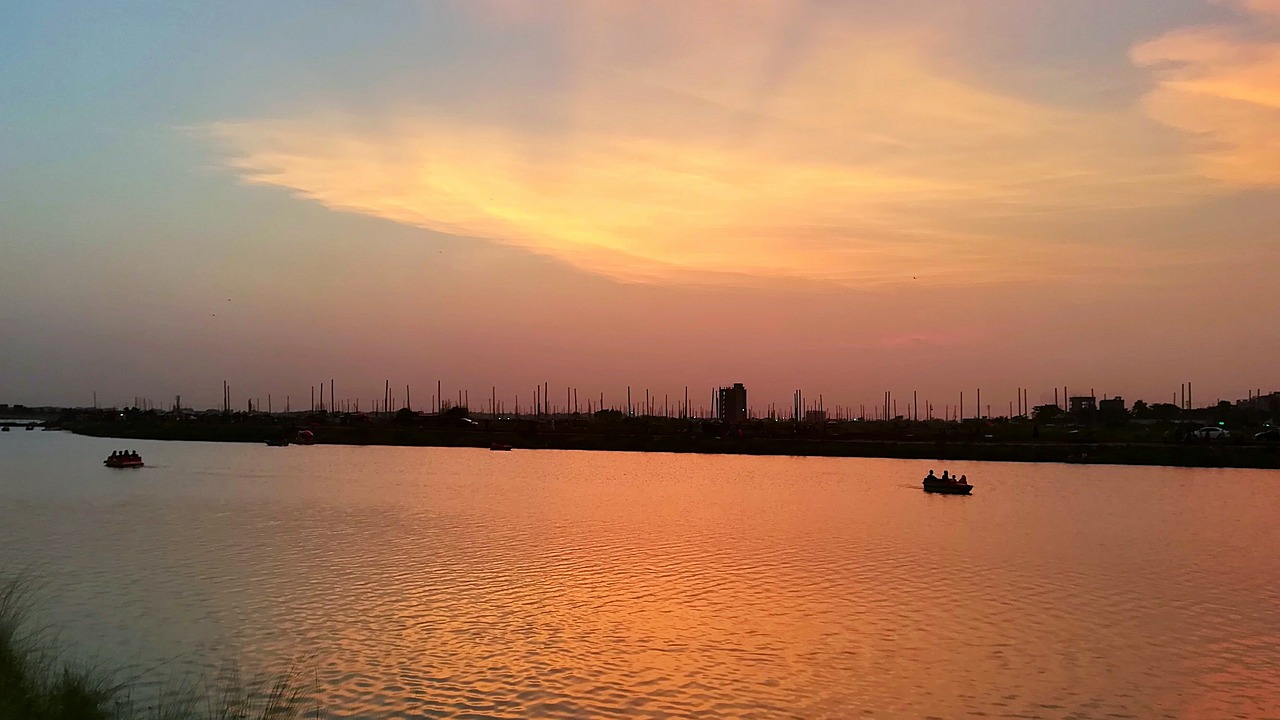
By Vusi Mazimbuko and Gershwin Wanneburg
In recent years, Dhaka has become known as a city bordered by a ‘dead river.’
Therefore, the Dhaka Water Supply Project, co-funded by the New Development Bank, is seen as a potential lifeline for the rapidly growing capital of Bangladesh. The country is not a member of Brics but is a member of the New Development Bank.
With Dhaka’s population more than doubling in two decades, this project is crucial for the city’s sustainable growth. It includes constructing and rehabilitating water infrastructure, developing a water transmission network, introducing innovative technologies, and enhancing the capacity for sewerage systems development.
Upon completion, the project is expected to benefit about 3 million residents in Dhaka, creating around 70,000 new water supply connections and reducing non-revenue water rates below 15%.
Access to drinking water is a major concern for the country, which has been plagued by constraints related to climate change, according to a 2020 report on the sustainable development goals.
A refugee crisis has added pressure to upgrade infrastructure in the Teknaf area, together with the efficient use of funds.
“Lastly, the country noted struggling to provide appropriate technology at affordable prices for people living in hard to reach areas,” according to the 2020 SDG report.
In 2022, more than 4.5 million people were left homeless and 68 people were killed, as parts of Bangladesh experienced the worst flooding in over a century. The natural disaster triggered a health crisis, with authorities racing to distribute drinking water to curb an outbreak of waterborne disease.
Last year, 1.3 million people were left needing humanitarian assistance and 51 deaths were reported after monsoon rains resulted in flooding and landslides. Up to 410 kilometres of roads were damaged.
In Cox’s Bazar, 538,373 people were exposed after the floods and landslides, while 85,500 people were displaced and sheltered in temporary flood shelters. The people affected included 25,533 people in Rohingya refugee camps and 185,200 children.
Read more:

